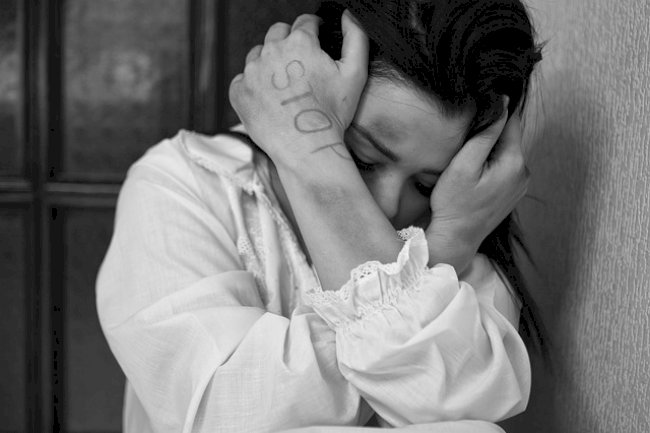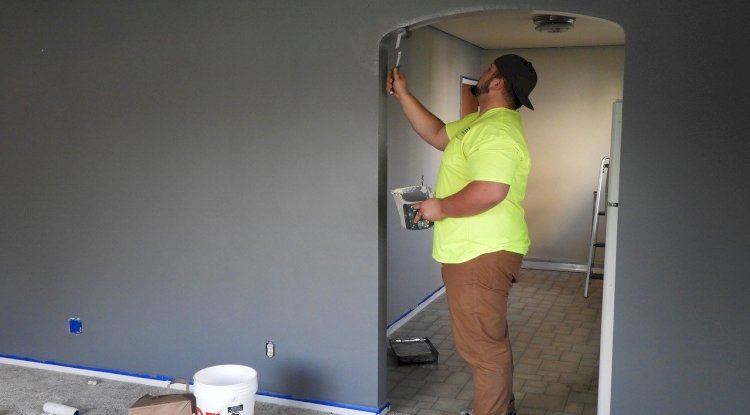10 Tips for Tenants on Writing Security Deposit Return Letter to Landlord
10 Tips for Tenants on Writing Security Deposit Return Letter to Landlord

Image by Free-Photos from Pixabay
As a recently moved tenant, you are entitled to a refund of your deposit, plus interest if applicable. Find out how to get your security deposit back without going to court.
After you end your tenancy and give your landlord notice of your intended move, you'll want your security deposit returned to you, per the terms of your lease. Getting the landlord to return the security deposit, however, can be problematic. In most states, failure to return a security deposit is illegal. A landlord is responsible for the return of your security deposit even if you're not entitled to receive the full amount.
The Function of a Security Deposit
A deposit is used to protect the landlord in the event of partial or serious damage to the apartment and serves as a reminder to you as a tenant to keep the apartment in good condition and to pay the rent on time. In some cases it can be the last month's rent, although many landlords do not allow it.
As a rule, the landlord is given a deposit at the beginning of the tenancy. Depending on the condition, a deposit can amount to one to three months' rent.
Depending on the condition of the device, the owner can have between 14 and 60 days to refund the deposit. Only some states do not have a specific deadline or law requiring the landlord to return the deposit within a "reasonable time," a time that is left to the court's interpretation. One to three months could be considered appropriate while six months could be considered inappropriate.
Moving-In Checklist
When you moved in, the landlord hopefully provided you with a checklist for moving in. In most cases, the tenant never receives this document. Even if you don't receive one, make your own move-in checklist and take photos of the apartment, condo, or house to show how it looked the day you move in. This way the landlord cannot tell that you have caused previous damage.
Make sure the checklist is complete and includes every room. Document in writing what type of damage has already occurred. Complete the checklist by taking photos of each room in case the owner doesn't, or in rare cases, the owner reviews the photos.
Take a tour with the owner and carefully inspect each room. If something is worn, in bad or unusual condition, the landlord must agree and document this on the checklist, make one copy for you and one for the landlord.
Proper Expenses Deducted from a Security Deposit
A landlord cannot deduct any normal wear and tear expenses from their deposit; each state has its own definition of normal wear and tear, but typically this includes worn carpets, some equipment failures due to continued use (especially long term leases, etc.). Years or more), peeling paint, and minor changes in the home that would be expected from someone living there for a year or more.
In most cases, you are responsible for anything but normal wear and tear, including:
- Boles in walls or floors
- Burns in carpets
- Broken appliances, unless written notice is given by the landlord to repair them
- Unusual and extreme wear and tear
- Broken windows
- An unusually dirty apartment
If you have guests in your apartment or rented apartment, you are responsible for any damage they have caused as if you had caused the damage yourself. At the end of the lease, take another tour with the landlord. Let the landlord inspect the property so that you can report any damage immediately. Document what you say. Take photos of the rented apartment when you move in.
Information in a Security Deposit Return Letter
To get your deposit back if the landlord hasn't returned it, you need to write a reminder. Please attach the information below and send the letter by registered mail with the receipt requested. In some cases, you may need to find that the device is damaged. Make copies in case you need the letter at a later date or if you have to take the landlord to a minor court.
Include the following information in a security deposit return letter:
- Date of the letter and full name and address of the landlord
- Address of the apartment you rented and the date you moved in
- A statement that you paid your rent on time and that you are up to date with your payments
- A statement given to the landlord proper written notice of your move, e.g. and that you have photos to prove that you have not received your deposit despite the landlord's obligation to return it.
- The exact amount of the deposit due to you and the words "plus statutory interest" or similar text
- The date that the security deposit was due back to you according to state law
- A request for the immediate return of the full amount of the deposit and a deadline, such as B. "seven (7) days at the latest", after which you bring the matter to a minor court.
- If you have roommates how the deposit should be refunded to each of you
- Your phone number in case the landlord has any questions
- Your signature and new address
If you follow these steps will allow you to request your security deposit and help if you have to sue in small claims court.
Also Read: Best Tips To Sue Landlord For Harassment
What's Your Reaction?





















